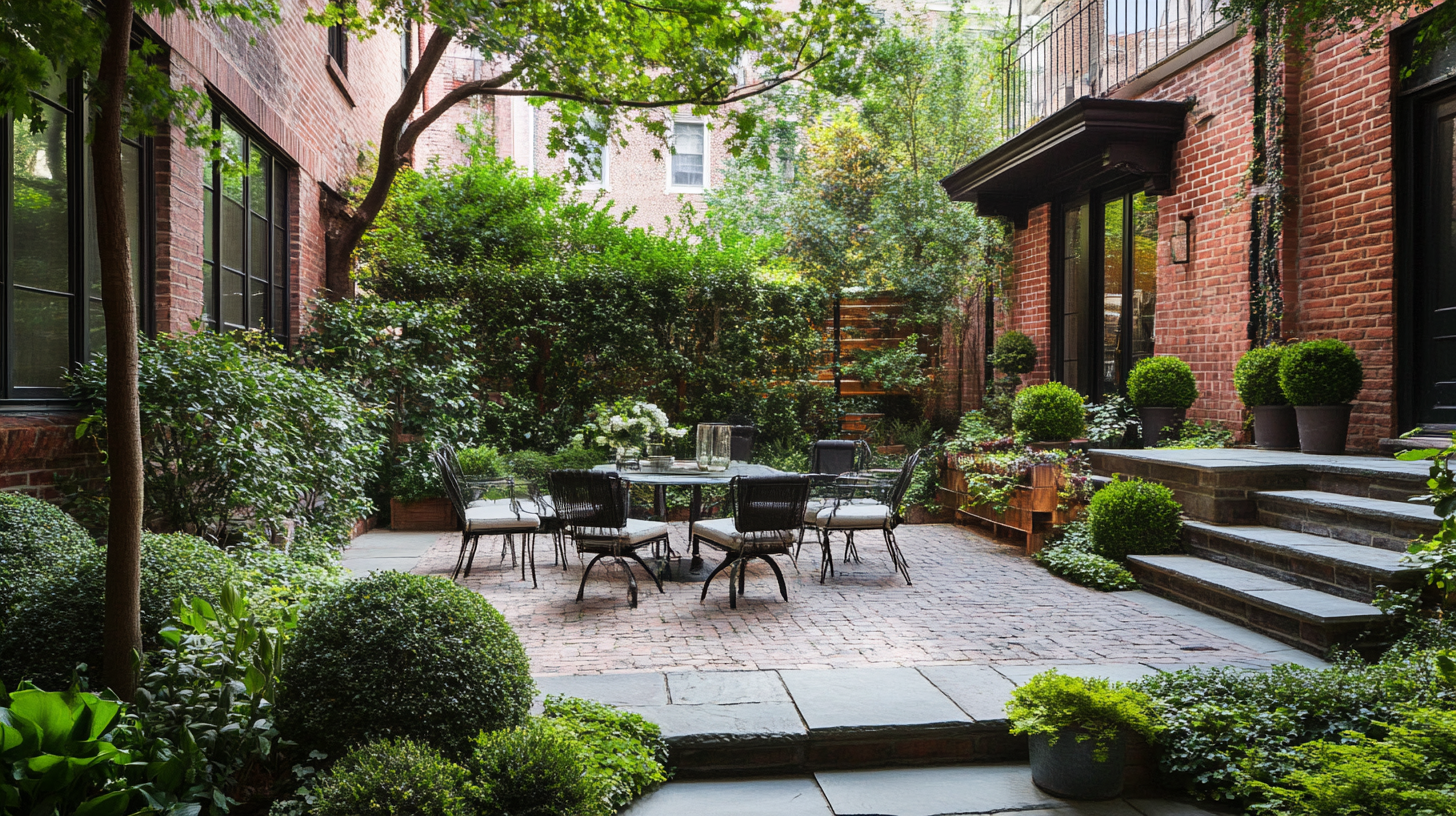
Creating an inviting outdoor living space has become essential for modern homeowners seeking to expand their living areas. Whether you outdoor shop for furniture or plan a complete landscape renovation, understanding expert design principles can help transform your outdoor space into a functional and aesthetically pleasing retreat. Studies consistently show that well-designed outdoor spaces can increase property values by up to 20% while providing valuable living area extensions.
The foundation of any successful outdoor transformation lies in thorough planning and thoughtful consideration of your space's potential. Professional designers emphasize the importance of evaluating current usage patterns and identifying specific areas for improvement before beginning any modifications. This initial assessment helps ensure that your investment aligns with both your immediate needs and long-term goals.
Consider your lifestyle patterns and how you envision using the space throughout different seasons. Think about the flow between indoor and outdoor areas, and how various activities might overlap or complement each other. Your budget should account not only for initial construction but also for ongoing maintenance and potential future modifications.
Professional site analysis requires a comprehensive understanding of your property's unique characteristics and environmental factors. Begin by studying how sunlight moves across your space throughout the day and seasons. This knowledge proves crucial for positioning seating areas, selecting appropriate plants, and determining shade requirements.
Essential environmental factors significantly impact the success of your outdoor space design. Natural drainage patterns influence material choices and installation methods, while existing vegetation can provide valuable shade and privacy. Consider how neighboring properties and structures affect your space's privacy and viewlines.
Key environmental considerations:
The integration of fundamental design components creates the framework for a successful outdoor living space. Professional landscape architects approach design through a systematic process that considers both aesthetic appeal and practical functionality. This comprehensive approach ensures that each element serves a purpose while contributing to the overall design coherence.
Layout planning requires careful consideration of traffic patterns and activity zones. Create distinct areas that flow naturally into one another while maintaining clear boundaries between different functional spaces. This separation helps prevent conflicts between activities while maximizing the usability of available space.
Material selection should balance:
Creating a comfortable outdoor environment requires careful attention to both natural and artificial elements. Temperature control plays a crucial role in extending the usability of your space throughout different seasons. Consider incorporating adjustable shade solutions that can adapt to changing sun positions and weather conditions. Retractable awnings, pergolas with adjustable louvers, or strategically placed shade sails offer flexibility while maintaining aesthetic appeal.
Wind management significantly impacts comfort levels in outdoor spaces. Professional designers recommend creating windbreaks using a combination of structural elements and natural barriers. These can include decorative screens, strategic plantings, or architectural features that redirect air flow without completely blocking beneficial breezes.
Essential comfort elements include:
The successful integration of hardscape and softscape elements creates a harmonious outdoor environment. Natural elements should complement architectural features while providing functional benefits such as shade, privacy, and environmental cooling. Professional landscape designers emphasize the importance of creating visual transitions between different zones using varied textures and materials.
Consider the vertical dimension when planning your landscape integration. Multi-level plantings create visual interest and can help define spaces without requiring physical barriers. The careful selection of plants with different heights, textures, and seasonal interests ensures year-round appeal while maintaining design coherence.
Choosing appropriate plants requires consideration of both aesthetic and practical factors. Select species that thrive in your local climate conditions while meeting your design objectives. Consider growth patterns, maintenance requirements, and seasonal changes when making plant selections. Native species often provide the best combination of adaptability and low maintenance needs.
Long-term maintenance planning should account for:
The success of your outdoor space relies heavily on proper technical implementation. Drainage systems must be carefully planned to prevent water accumulation and protect both hardscape and landscape elements. Professional installation of irrigation systems ensures efficient water distribution while minimizing waste and maintenance requirements.
Lighting design requires technical expertise to achieve both functional and aesthetic goals. Consider how different lighting techniques can enhance safety, highlight architectural features, and create ambiance for evening use. Modern smart lighting systems offer programmable controls and energy efficiency while maintaining design aesthetics.
Creating a safe and accessible outdoor space requires careful attention to detail in both design and implementation. Proper lighting along pathways and steps prevents accidents while enhancing evening enjoyment. Consider incorporating universal design principles to ensure your space remains accessible to all users regardless of mobility levels.
Surface materials should provide adequate traction in both dry and wet conditions. Transitions between different levels or materials must be clearly marked and properly constructed to prevent tripping hazards. Regular maintenance inspections help identify potential safety issues before they become problems.
This comprehensive approach to outdoor space design ensures both beauty and functionality while creating an environment that enhances your lifestyle and property value.
Transforming your outdoor living space requires meticulous spatial planning, comprehensive design schematics, and careful attention to both aesthetic composition and practical ergonomics. The most successful outdoor environments emerge from harmonizing multiple design principles: thorough site analysis utilizing spatial zoning techniques, strategic circulation planning, appropriate material specification with consideration for Visual Weight Index (VWI), and seamless integration of human comfort factors within the architectural envelope.
Key design principles for optimal spatial transformation:
Whether you're executing a complete spatial reorganization or implementing incremental design interventions, remember that successful outdoor spaces develop through iterative design processes. By following these professional guidelines and adapting them to your specific spatial requirements, you can create an outdoor living environment that not only maximizes property value through effective Space Utilization Ratio (SUR) but also delivers sustained experiential quality for users through proper Human-Centered Design (HCD) principles.